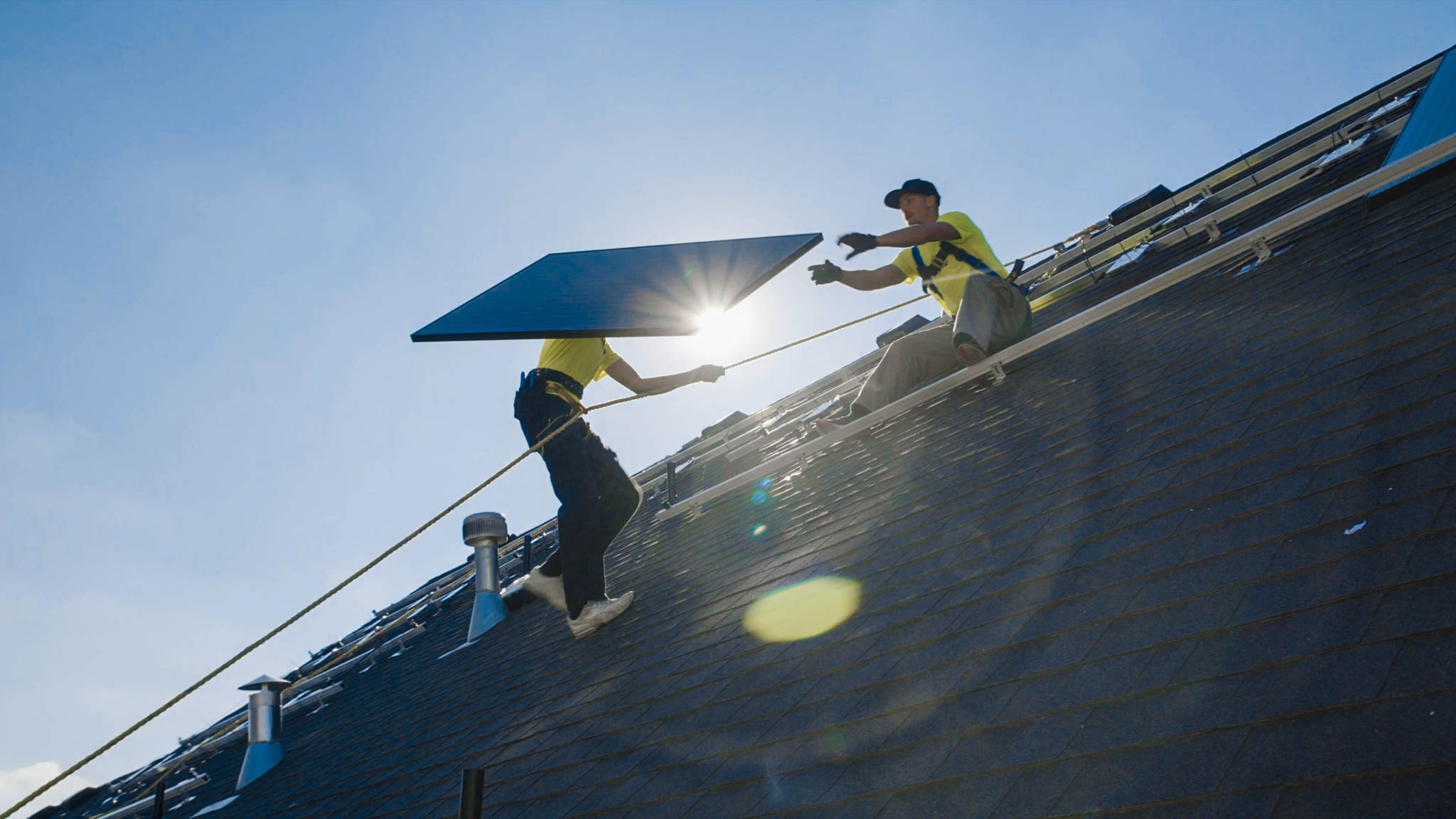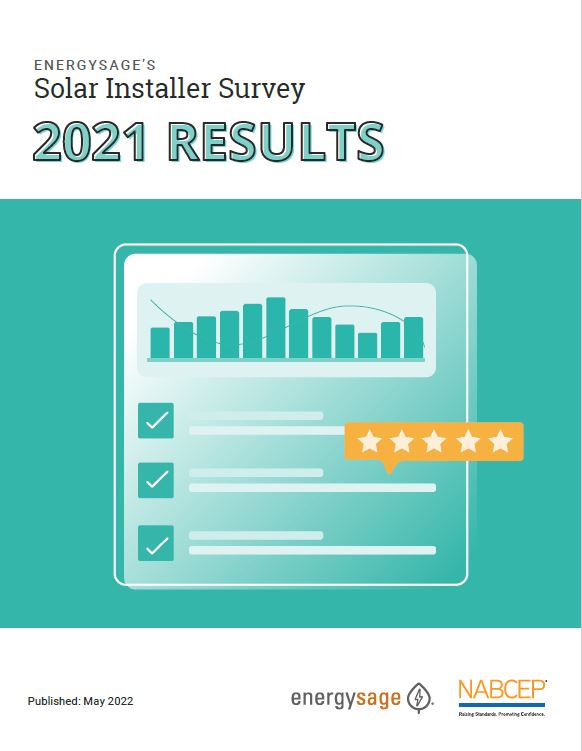
Data Collected From:
Over 500 residential and commercial solar companies of all sizes across 43 states, Washington DC, and Puerto Rico
Key Takeaways from EnergySage’s CEO, Vikram Aggarwal:
Supply chain constraints hurt solar sales in 2021
Three out of five of respondents’ businesses were harmed by supply chain disruptions in 2021. Supply chain constraints primarily manifested as freight delays, adversely impacting the availability of solar panels and batteries in particular.
A lack of trained labor is the biggest barrier to industry growth
For the first time, survey respondents stated that a lack of trained labor was the largest barrier to growing their business, exceeding both customer acquisition and the availability of equipment. At the same time, a third of installers say the biggest gap in training is in installation best practices.
A 10-year ITC extension would immediately create more jobs
Half of survey respondents say they will begin hiring more people if Congress extends the Investment Tax Credit (ITC) for 10 years. Seven out of ten installers say the introduction of a direct pay option for the ITC would result in greater consumer demand for solar.


While the Annual Solar Installer Report reflects the challenges of 2021 – a second year of the COVID-19 pandemic, supply chain interruptions, and regional legislation troubles – it also shows a strong undertone of resiliency throughout small, medium, and large PV companies. Solar installers know how to adapt. They know how to build strong and flexible teams, stand up for their rights, garner community engagement, and support their customers. This data is a primary tool to help them continue to excel.





